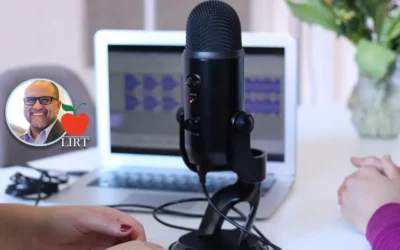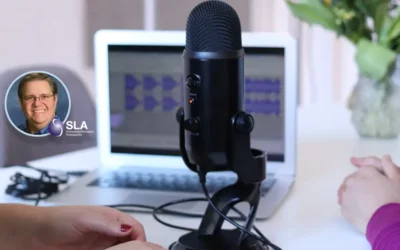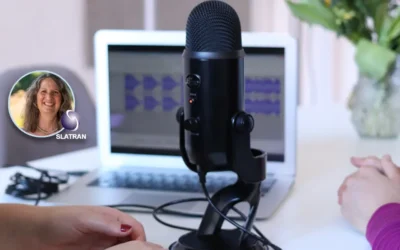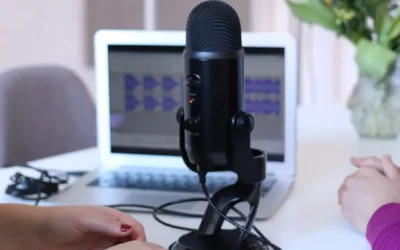Evaluating Changes in Special Libraries, Collections and Museums
Miriam Kahn, MLS, PhD
We have reached a liminal moment. After nine months of uncertainty and wishing for things to return to normal, we must move forward. Keeping mission in mind, take stock of what has been accomplished through online exhibitions, lectures, and programming and move forward with initiatives that are successful.
In some instances, the changes in Special Libraries and Museums were continuations of existing programs; in others, they reflect an opportunity to polish the project and change how our clients use or view materials and collections.
Evaluation
Evaluating online exhibits, lectures, and curator talks gives us the criteria to recognize that these activities open much needed dialogue between curators, researchers, and patrons. We need to evaluate the effectiveness of initiatives that provide bridges over barriers to our collections and programming using these criteria:
- Who are we reaching?
- Are we reaching intended audiences?
- What’s sustainable?
- What needs to be modified or enhanced?
Online Exhibits
Online Exhibits are the lifeblood of Special Collections, Special Libraries, and Museums. We’ve shifted these initiatives to face outward, encouraging researchers and visitors to dive into collections from their home offices and living rooms. Pushing programming to our patron base increases awareness of the depths and breadth of collections and the richness of materials often hidden in catalog records and finding aids. Adding manuscripts, records, videos, and sound recordings to collections provides a digital or virtual bridge over the barriers created by closed institutions and the difficulty and costs of traveling to a physical collection. Harnessing the power of the Internet and expanding our presence on the web, we justify our information center and steer business to our repository and our institution as a whole.
One example is the online exhibit Listening to Wampanoag Voices: Beyond 1620 hosted by the Peabody Museum of Archaeology and Ethnology at Harvard University https://www.peabody.harvard.edu/listening-to-wampanoag-voices-beyond-1620#. This online exhibit includes information about objects in the museum and special library collection along with audio recordings by Wampanoag tribal members about the items.
Applying our evaluation criteria, we find the exhibit reaches far beyond New England, drawing researchers and online visitors from around the country and justifying continued space on the website in special collections.
Online exhibitions, in lieu of the static physical exhibit, are now the focus of many of our cultural institutions. Enhanced online exhibits make objects, both museum and archival, more accessible. Many institutions are pushing information about collections outward through enhanced marketing and virtual gallery tours.
Lectures and Curator Talks
Curator talks, webinars, and online presentations provide opportunities to draw audiences from across the country and indeed the globe. This programing only increases our visibility and provides talking points for attracting future donors and paying members. Curators, drawing from the vast resources of their institution’s special library, are an integral part of museum audio tours. Online curator-led tours are now turning outward and enhance online exhibitions as seen at the Metropolitan Museum of Art and at smaller institutions across the country. 1
Evaluating the reception of these curator talks shows us that not only are they reaching well beyond the membership of the museum, but also are creating new interest in the collections both textual and visual. Museums already know, from long experience, that audio tours are incredibly popular. Shifting to online video tours curated and led by experts in the field, makes these projects even more popular and deserving of more attention during funding drives.
Summing It Up
With one step forward and two steps back, libraries, archives, museums, and historical societies are cautiously opening their buildings and collections for limited in-person visits. At the same time, staff recognize that they must continue to put together and moderate online programs patrons are attending. Work routines are being modified to accommodate virtual programming and creation of online exhibitions.
Now is the time to take a step back and look from above at what we’ve been doing, to look at the whole picture from a birds-eye view. It is important to remember that our mission and vision statements have not changed. Rather we’ve chosen to alter the way we provide access to our collections and our services.
Evaluations and feedback show that access to our collections continues to be a barrier we are bridging through enhanced access to online catalogs, online programming, video lectures, webinars, and interactive online exhibitions.
Our organizations are developing sustainable work and funding models while continuing to adjust to changing the changing workplace, building upon institutional mission and vision statements.
1 The Metropolitan Museum of Art https://www.metmuseum.org/ is offering numerous online guided tours including “About Time: Fashion and Duration: The Met Costume Institute’s 2020 exhibition” https://www.metmuseum.org/metmedia/video/collections/ci/about-time-exhibition-walkthrough and tours and talks on their YouTube channel https://www.youtube.com/channel/UCDlz9C2bhSW6dcVn_PO5mYw.
Miriam Kahn, MLS, PhD
Miriam B. Kahn, MLS, PhD provides education and consulting for libraries, archives, corporations, and individuals. See Miriam’s pieces for Lucidea covering library technology and skills and strategies for special librarians. Refresh your knowledge of Lucidea’s flagship ILS, SydneyEnterprise, here.
Similar Posts
Interview with Victor Baeza about ALA’s Library Instruction Round Table
Interview with Victor Baeza, President of LIRT, about how it benefits from and supports special librarians whose roles involve teaching or training.
Interview with Eugene Giudice, SLA Treasurer
Interview with SLA’s Treasurer about the future of the special library profession and how the Special Libraries Association can benefit librarians
Interview with Cara Marcus on Transportation Librarianship and SLA
Interview with Cara Marcus, the president of the Special Libraries Association (SLA) transportation community about transportation libraries and SLA
Interview with Christian Nappo on the National Librarians of Medicine
Interview with the author of a reference-ready book on the twenty-seven men and women who headed the National Library of Medicine.
Hosting service
Enjoy all of the benefits of your Lucidea solution with secure, reliable, stress free hosting
Programs & incentives
No matter your size or budget, we’ve got you covered, today and tomorrow




Leave a Comment
Comments are reviewed and must adhere to our comments policy.
0 Comments